Some kids run out of ideas quickly, particularly if they’ve been used to a school schedule that has every day planned out for them. Try the articles listed below for some unique activities that your kids will love and that will also help them retain their knowledge base over the summer.
Some of these ideas were things I had intended to do with just my own kids, but their neighborhood friends begged to be included, too. Some of these ideas were things I thought would entertain my kids for an hour, but were enjoyed so immensely that they lasted all afternoon or were repeated time and time again. Some of these ideas came from trying to use old materials in new ways, such as a bucket of sidewalk chalk. Some of these ideas came from wanting my kids to practice their academic skills but needing very stealthy methods that still let them feel like they were getting a summer break. Keep some of these ideas in mind for the next time you hear “I’m bored.” If you have the supplies on hand, your kids may just come up with their own ideas, before you even have a chance to suggest anything.
Teach Your Children the Art of Amusing Themselves
“Stealth Learning” Through Free Play
Backyard Carnival
Take It Outside!
Hopscotch—A Powerful Learning Game
It’s So HOT, You Could Fry an Egg Outside!
Jumpropes
Natural Science
Sidewalk Art
When it’s too hot to play outside or for a rainy day!
Money Land Game
Gee Whiz! Quiz
Top 10 Dress-Up Items
Beanbags (No-Sew DIY)
100-Grids and Flashcard Bingo
“Mystery Boxes” and the Scientific Method
Texture Dominoes
And many more ideas…
Topical Index: Activities
Read the entire GFHS Summer Camp series:
Homeschool Mommy Summer Camp
Homeschool Summer Camp FUN
Homeschool Summer Reading Activities
Homeschool Summer Scheduling
Encouragement Around the Campfire


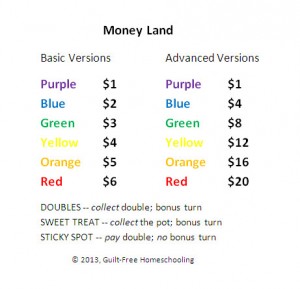

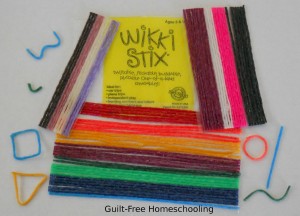

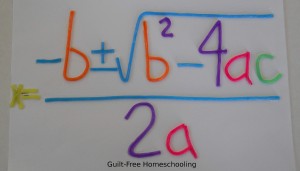
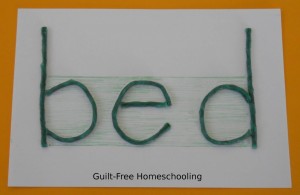
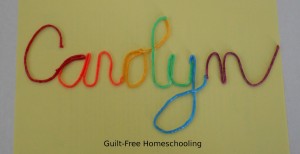
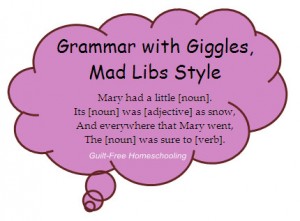
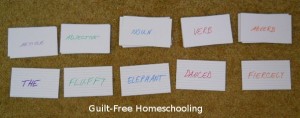
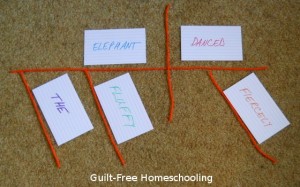
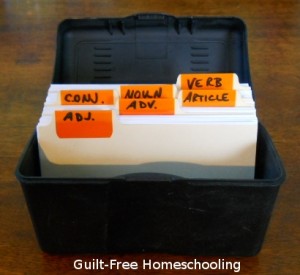
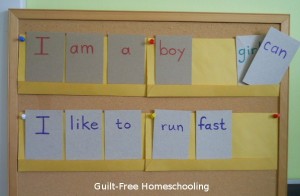
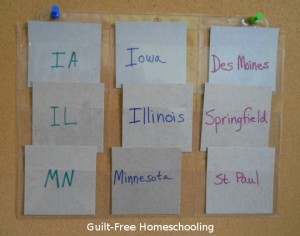


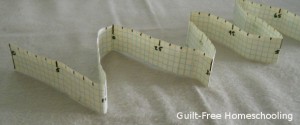

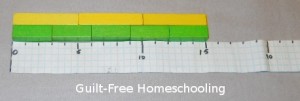
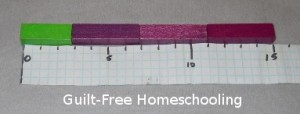






 Guilt-Free Homeschooling is the creation of Carolyn Morrison and her daughter, Jennifer Leonhard. After serious disappointments with public school, Carolyn spent the next 11 years homeschooling her two children, from elementary to high school graduation and college admission. Refusing to force new homeschooling families to re-invent the wheel, Carolyn and Jennifer now share their encouragement, support, tips, and tricks, filling their blog with "all the answers we were looking for as a new-to-homeschooling family" and making this website a valuable resource for parents, not just a daily journal. Guilt-Free Homeschooling -- Equipping Parents for Homeschooling Success!
Guilt-Free Homeschooling is the creation of Carolyn Morrison and her daughter, Jennifer Leonhard. After serious disappointments with public school, Carolyn spent the next 11 years homeschooling her two children, from elementary to high school graduation and college admission. Refusing to force new homeschooling families to re-invent the wheel, Carolyn and Jennifer now share their encouragement, support, tips, and tricks, filling their blog with "all the answers we were looking for as a new-to-homeschooling family" and making this website a valuable resource for parents, not just a daily journal. Guilt-Free Homeschooling -- Equipping Parents for Homeschooling Success!

Recent Comments